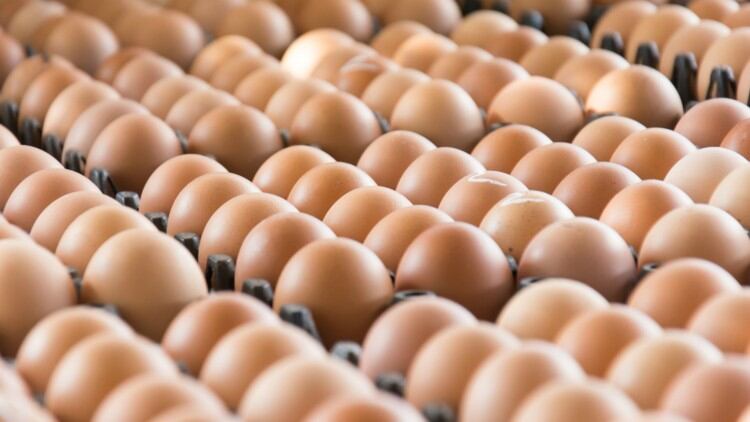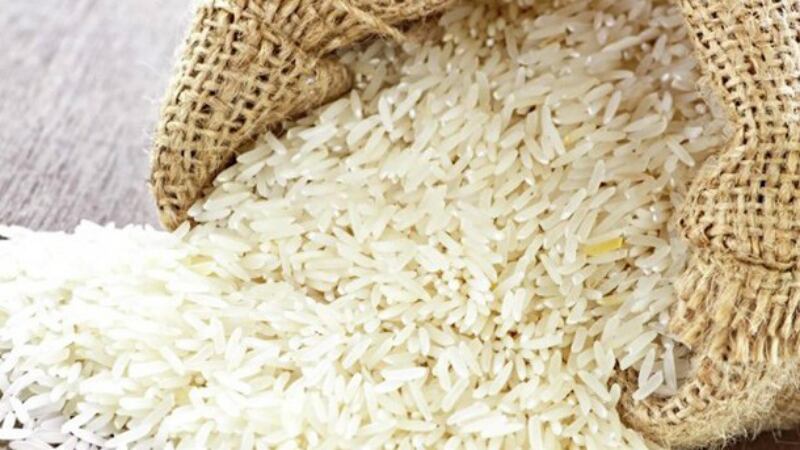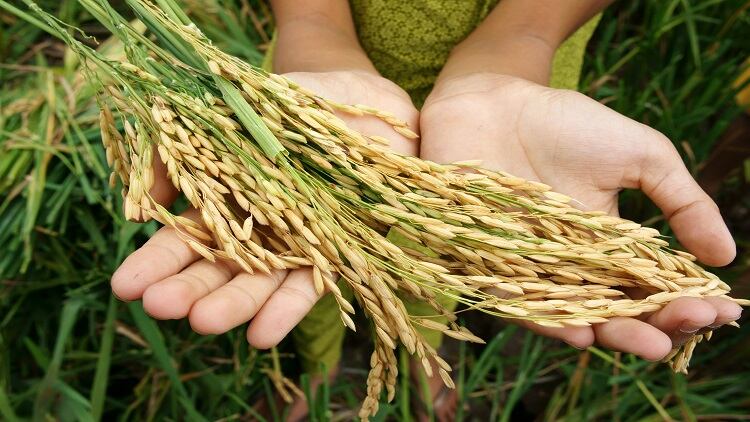India, China and Indonesia will set the food agenda for providing energy-dense, nutritious, safe and affordable food to their citizens by 2030, when they will account for three-quarters of Asia’s new urban dwellers.
To do so, there will be a need for a body that will represent each of the three countries and collectively address the issue of fixing Asia’s food systems.
That’s according to India’s minister for food processing industries, Harsimrat Kaur Badal, who called on the food industry to pledge it would take a “zero tolerance” approach to food waste.
Today, she said, close to US$3.5tr of food is wasted through wastage in India—equivalent to Indonesia’s entire GDP. Yet the country has the capacity to become the food factory of the world once it reaches its potential.
As India grapples with a series of so-called mega-trends, such as rampant urbanisation, the double-burden of under-nutrition and obesity, constraints in technology and political corruption, policymakers and the private sector need to be active in managing their trends, Badal said in reaction to a major report by the Economist Intelligence Unit on ways to fix Asia’s food supply chain. By the EIU’s assessment, they have their work cut out.
It called on everyone involved to take a “more holistic” approach to defining food security to cope with structural changes in demand and supply. It also urged lawmakers to come up with brisk and thorough policy development to find ways to improve food production by making it more efficient.
The research shows that business leaders overwhelmingly agree that Asia's food security is giving a cause for alarm. They are calling out for more collaboration to enforce food safety standards, educate farmers and improve supply chain infrastructure, it said.
Yet a number of other factors, including differing regulations, border policies, import duties and taxes, food tastes, self-sufficiency programmes and uneven economic development require more robust thinking and policy solutions for Asia's food system to make the progress needed.
Asian cities are set to expand by 578m people by 2030, while up to 85% of the increase in the global middle-class is also expected to come from Asia. To this end, urbanisation will have a significant effect on food production and demand in the region, the EIU said.
China, India and Indonesia alone will account for 75% of Asia's total population, and 60% of its real GDP by 2030. Income growth across the continent will continue to drive the transition away from direct consumption of cereals and towards a more diverse diet.
Dairy and eggs will account for a larger proportion of calories consumed in India (6%) and China (4%) than in Indonesia (1%). India has a strong vegetarian culture, but projections estimate that India's meat consumption (mainly chicken and fish at 63%) will rise to 9kg by 2050, from a base of 3kg.
The government can extend the progress made through policy changes, regulatory measures and encouraging public investments to make food systems more responsive to nutritional needs, the report said.
Improvements in nutritional status will not happen unless the incomes of rural households increase, prices of nutritious foods are kept affordable, and households are better informed about nutritional content of food and the need to diversify their diets.




